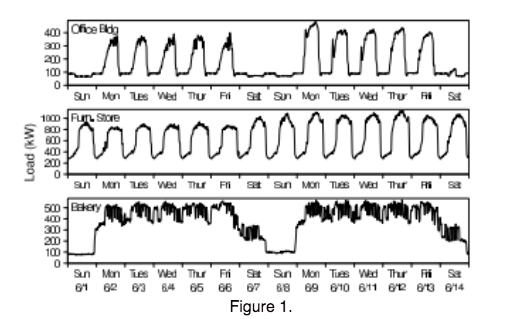|
Week Fourteen & Fifteen CalTRACK Update Review of hourly method proposals continued in week fourteen of CalTRACK 2.0 and will be finalized at the 5/24 working group meeting. Lawrence Berkeley National Lab’s Time-of-Week Temperature (TOWT) model is the specification to be used in CalTRACK 2.0. Mathieu et al. describe the application of TOWT models in Quantifying Changes in Building Electricity Use, with Application to Demand Response. Overview of TOWT models: As energy efficiency finds its legs as a grid resource, time dependent savings will be essential to the value proposition. Pay-for-performance programs can leverage this value with accurate building-level energy savings calculations at granular time intervals. TOWT models are one method for calculating energy savings at the hourly level. Strengths:
Weaknesses:
1 Comment
|
The purpose of this blog is to provide a high-level overview of CalTrack progress.
For a deeper understanding or to provide input on technical aspects of CalTrack, refer to the GitHub issues page (https://github.com/CalTRACK-2/caltrack/issues). Recordings
2019 CalTRACK Kick Off:
CalTRACK 2.0 July 19, 2018 June 28, 2018 June 7, 2018 May 24, 2018 May 3, 2018 April 12, 2018 March 29, 2018 March 15, 2018 March 1, 2018 February 15, 2018 February 1, 2018 Archives
March 2024
|


 RSS Feed
RSS Feed
